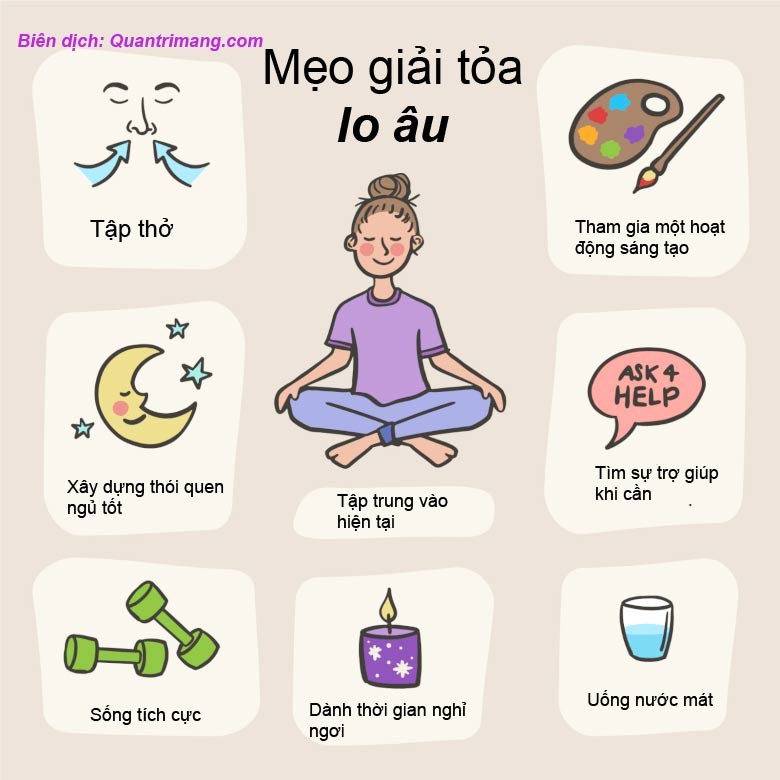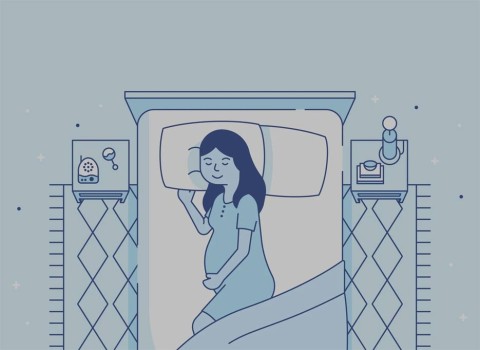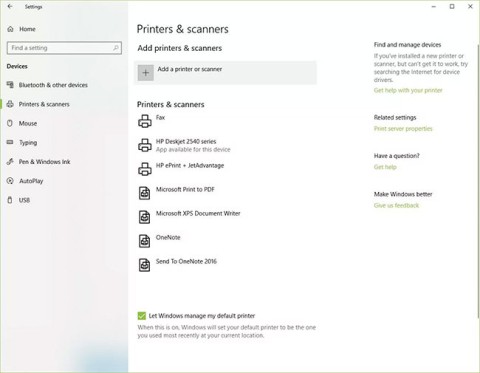How to regain access to hard drive, fix error of not being able to open hard drive

In this article, we will guide you how to regain access to your hard drive when it fails. Let's follow along!
Health anxiety can affect your life, but it is completely treatable. Here are some simple tips to help you overcome your obsessive health worries .

Health anxiety is an obsessive and often irrational fear of developing a serious medical condition. It is more formally known as illness anxiety and was formerly known as disease phobia .
People with this mental illness will obsess about their health: from normal bodily functions to getting sick. They may visit the doctor frequently or spend a lot of time reading about symptoms and possible medical conditions.
In severe cases, health anxiety can disrupt a person’s life. It can interfere with their daily activities, reduce their work performance, and even cause strain in relationships. Fortunately, there are ways you can overcome health anxiety , including:
Change focus of attention
People who are anxious about their health often focus on a particular body part or function. The more they focus on a body part, the more they notice physical sensations – which can then trigger anxious thoughts.
These initial thoughts can trigger anxiety, which in turn causes additional physical sensations. At this point, the person may begin to believe that their anxiety response is further evidence of the physical symptoms. You can see how this creates a cycle of anxiety. This cycle is called rumination.
If you find yourself focusing too much on a particular worry, it's important to shift your attention to something else. One of the simplest ways to do this is to shift your focus to an activity, such as:
Whatever the activity, the goal is to focus completely on what you are doing. For example, if you are gardening, pay attention to the sounds around you. Notice the feeling of the shovel as it digs into the soil. Listen to the splash of the watering can and feel its weight in your hands. By focusing completely on a task, we can pull our minds away from worrying thoughts.
However, sometimes this strategy can be less practical. For example, if you are lying in bed trying to sleep but find yourself stuck in a particular worry. In these situations, we can learn to practice mindfulness exercises that help us break free from our wandering thoughts.

Practice mindfulness
Mindfulness is the practice of paying attention to our thoughts, surroundings, and actions in a purposeful way. Although this practice originated in meditation, it is increasingly being used in psychotherapy.
In fact, practicing mindfulness-based cognitive therapy (MBCT) has been shown to be very effective for people with health anxiety. So how can you incorporate mindfulness into your daily life? There are a number of exercises you can try.
Mindfulness Exercise 5-4-3-2-1
Look at your surroundings and determine:
Doing this exercise helps you focus on the present moment and your surroundings. Although simple, it can help you focus and get rid of wandering thoughts. It is also an exercise that can be done anywhere, anytime.
Listening to music
This exercise may seem too simple, but the key here is conscious listening. What does that mean?
When you listen, try not to immediately switch to “autoplay.” Instead, listen actively. Focus on the lyrics, if there are any. Try to identify each instrument. Visualize the sounds or words in your mind. This exercise can help you focus on the present moment.
Guided Meditation Practice
Guided meditation takes us through a process of letting go of our thoughts and relaxing our bodies. If you are struggling with health anxiety, calming your body and mind can help reduce the physical symptoms of your anxiety, which can alleviate some of your health concerns.
There are a number of options for guided meditation, including free ones on sites like YouTube . There are also apps like Calm and Headspace . Find the method that works best for you and try to meditate regularly. Start by aiming for 5-10 minutes, once a day.

Challenge your anxious thoughts
Thoughts are not facts. They are just thoughts and are not necessarily true or based on reality. However, when we think, we begin to believe that our thoughts reflect reality. For example, people who worry about their health often worry about their hearts.
They may think that their chest or heart rhythm is having problems. This can turn into, " I have a serious heart condition ." Eventually, they may even think, " I have a heart condition and I'm going to die ." The problem here is not that they are seriously ill, but that they think so.
Our thoughts can represent the reality we perceive. In other words, we accept our thoughts as truth. Instead, we need to apply a method called cognitive detachment.
Cognitive liberation teaches us how to identify and challenge negative thoughts. Once you have identified a thought such as, “There is something wrong with my heart,” you can challenge and reframe that thought. For example, think, “I am just telling myself that there is something wrong with my heart .” This process of identification & challenging takes regular practice. It is helpful to work closely with a therapist or psychologist to get the best approach.
In this article, we will guide you how to regain access to your hard drive when it fails. Let's follow along!
Dental floss is a common tool for cleaning teeth, however, not everyone knows how to use it properly. Below are instructions on how to use dental floss to clean teeth effectively.
Building muscle takes time and the right training, but its something anyone can do. Heres how to build muscle, according to experts.
In addition to regular exercise and not smoking, diet is one of the best ways to protect your heart. Here are the best diets for heart health.
The third trimester is often the most difficult time to sleep during pregnancy. Here are some ways to treat insomnia in the third trimester.
There are many ways to lose weight without changing anything in your diet. Here are some scientifically proven automatic weight loss or calorie-burning methods that anyone can use.
Apple has introduced iOS 26 – a major update with a brand new frosted glass design, smarter experiences, and improvements to familiar apps.
Yoga can provide many health benefits, including better sleep. Because yoga can be relaxing and restorative, its a great way to beat insomnia after a busy day.
The flower of the other shore is a unique flower, carrying many unique meanings. So what is the flower of the other shore, is the flower of the other shore real, what is the meaning and legend of the flower of the other shore?
Craving for snacks but afraid of gaining weight? Dont worry, lets explore together many types of weight loss snacks that are high in fiber, low in calories without making you try to starve yourself.
Prioritizing a consistent sleep schedule and evening routine can help improve the quality of your sleep. Heres what you need to know to stop tossing and turning at night.
Adding a printer to Windows 10 is simple, although the process for wired devices will be different than for wireless devices.
Diet is important to our health. Yet most of our meals are lacking in these six important nutrients.
You want to have a beautiful, shiny, healthy nail quickly. The simple tips for beautiful nails below will be useful for you.
Students need a specific type of laptop for their studies. It should not only be powerful enough to perform well in their chosen major, but also compact and light enough to carry around all day.













